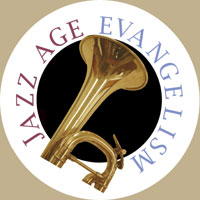

|
Read more on
|
Radio was still a new phenomenon to the world in 1922. The first amateur broadcasting intended for a wide audience had begun in 1919 and commercial broadcasting followed. The mayor of Chicago, William H. Thompson, started a station right in City Hall and needed to fill time. He offered Rader an opportunity to broadcast and Rader jumped at the chance. Before the Tabernacle had even opened, on June 22, 1922, Rader had broadcasted a program that included music and preaching. For the next three years he broadcast at infrequent intervals from different stations around the city before signing a contract with WHT in 1925 that gave him a regular broadcasting home. Most of the Tabernacle staff and many others were drawn into the various programs, which filled thirty to forty hours a week and appealed to many audiences: children, teenagers, music lovers, sports fans, businessmen and others. The size of the audience is hard to estimate, but it perhaps included hundreds of thousands at its peak, when, in addition to the transmissions from Chicago, Tabernacle programs were carried by CBS over a network of stations on the east coast. Like most early broadcasters, Rader used a variety of means to establish contact and cultivate an ongoing relationship with listeners to the Tabernacle's programs. Rader did not hesitate to use radio at a time when some ministers doubted whether a Christian should broadcast at all. His pioneering efforts were followed by many others. In particular, Clarence Jones, the father of missionary radio, served his apprenticeship under Rader. But of all the thousands of hours of broadcast which the Tabernacle sent out, only a few hours have been saved.